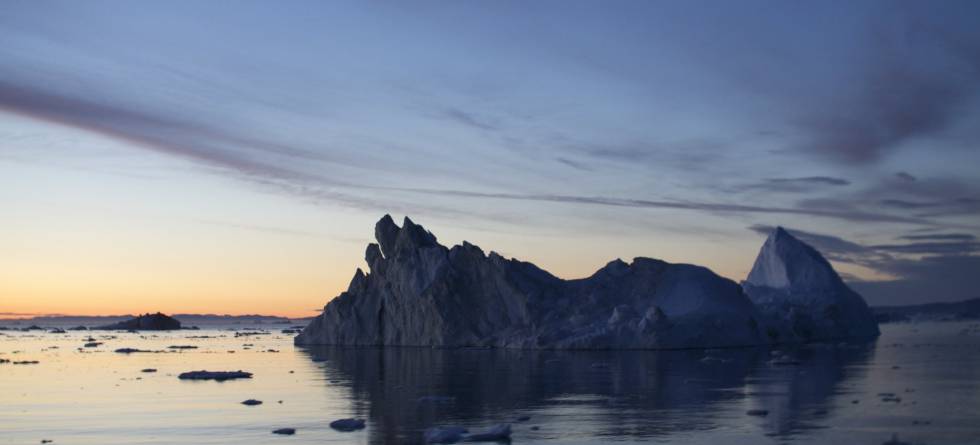Click on the titles to read more on each project:
Climate Hazards and Extremes (CHEX)
The main objective of the project is: «To provide policy-relevant information through improved projections of climate hazards and extremes, by integrating long-term time series from proxy records with numerical model output and Earth observation data.»
Read more about the project here
Project leader: Erik W. Kolstad (NORCE)
Atmosphere-Ocean-Ice Interactions in Polar and subpolar Regions (AOIP)
The project will investigate interaction processes between the atmosphere, ocean and ice, which play a crucial role for the polar and global climate, and show how an improved understanding and representation in numerical models can benefit current prediction systems, increase predictive skill, and aid services.
Project leader: Einar Olason (NERSC)
Enhancing Mechanistic Understanding of mid-latitude LArge-scale circulaTion Errors (EMULATE)
Models continue to struggle to represent important features of the large-scale circulation (e.g. storm tracks, jets, blocking). However, these features play critical roles in determining climate variability and change, especially at regional scales.
In both prediction and projection contexts reducing these errors is important especially for constraining regional impacts and effects. Physical understanding of the drivers of these features and the drivers of their biases is still limited, although there are many diagnostic studies of the biases themselves.
Likewise, knowledge of the implications of these biases for remote areas (e.g. the Arctic) and downstream effects (e.g. extremes over Europe/North America) remains incomplete.
Project leaders: Stefan Sobolowski (NORCE), Erica Madonna (UiB)
Low and overshoot emission scenarios – from a high to a low carbon society (LOES)
LOES will support the transformation to a low-carbon society by
1. better constraining the carbon cycle under low and overshoot scenarios to reduce uncertainties in allowable carbon emissions,
2. investigating key impacts on terrestrial and marine ecosystems for high, low, and overshoot emission pathways (including multiple mitigation targets and potential tipping points)
3. assessing the feasibility and efficiency of proposed mitigation options (particularly re-forestation and BECCS)
Project leaders: Jörg Schwinger (NORCE), Hanna Lee (NORCE)
Quantifying and understanding rates of ice sheet change (RISES)
RISES will specifically address the effect of atmospheric blocking patterns and (related) changes in basal drainage system below the ice on the mass balance of the Greenland Ice Sheet.
We will also study the retreat of the Scandinavian Ice Sheet during the last deglaciation, and use this knowledge as an analogue for likely future retreat of the Greenland Ice Sheet.
Project leader: Petra Langebroek (NORCE)

